An executive president is the head of state who exercises authority over the governance of that state, and can be found in presidential, semi-presidential, and parliamentary systems.
They contrast with figurehead presidents, common in most parliamentary republics, in which the president serves symbolic, nonpolitical roles (and often is appointed to office by parliament) while the prime minister holds all relevant executive power. A small number of nations, like South Africa and Botswana, have both an executive presidency and a system of governance that is parliamentary in character, with the President elected by and dependent on the confidence of the legislature. In these states, the offices of president and prime minister (as both head of state and head of government respectively) might be said to be combined.
The above examples notwithstanding, executive presidencies are found in presidential systems and semi-presidential systems.
In order to prevent the abuse of power, checks and balances are implemented through the legislative and judiciary bodies. For example, in the United States one method is impeachment whereby the president can be held accountable if others deem their actions unconstitutional, with the most recent example being the impeachment trials of President Donald Trump.
Elections
In parliamentary republics, presidents are most commonly chosen by the legislature. However, in those countries with both a prime minister and a president, methods differ. For example, in Czechia a majority vote from the public elects the president.
In full presidential systems and parliamentary systems with a constitutional presidency, the president is elected independently of the legislature. There are several methods in which to do this, including the plurality system and the two-round system. Whilst these methods use the popular vote, not all presidents are chosen in this way. For example, to be elected in the United States, a candidate must win a majority of the votes from the Electoral College, not the popular vote.
Contemporary examples
Presidential systems
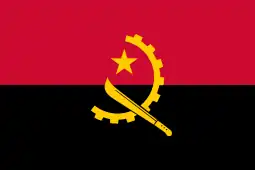 Angola
Angola.svg.png.webp) Bolivia
Bolivia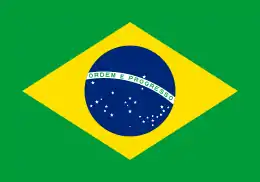 Brazil
Brazil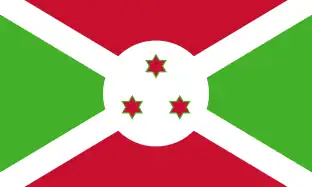 Burundi
Burundi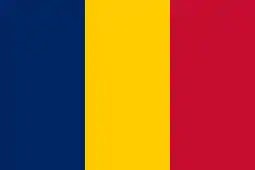 Chad
Chad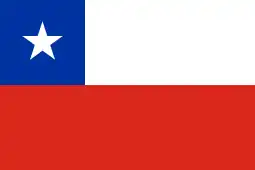 Chile
Chile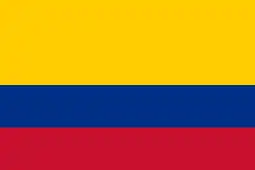 Colombia
Colombia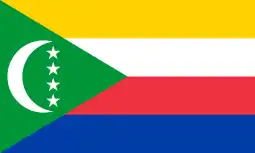 Comoros
Comoros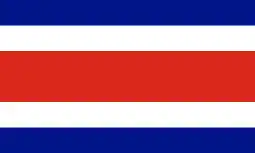 Costa Rica
Costa Rica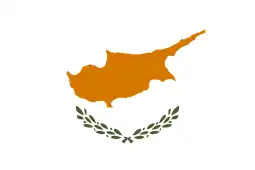 Cyprus
Cyprus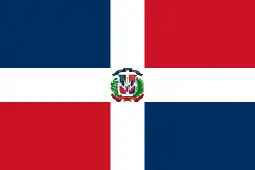 Dominican Republic
Dominican Republic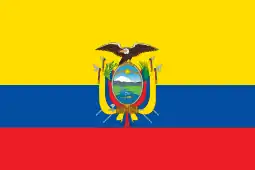 Ecuador
Ecuador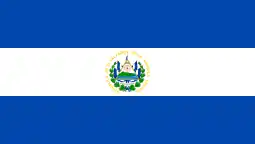 El Salvador
El Salvador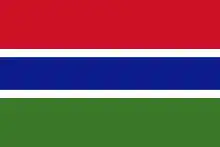 Gambia, The
Gambia, The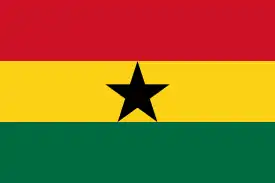 Ghana
Ghana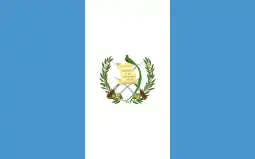 Guatemala
Guatemala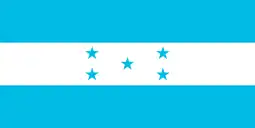 Honduras
Honduras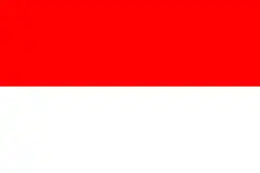 Indonesia
Indonesia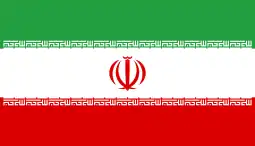 Iran
Iran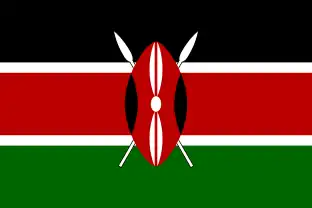 Kenya
Kenya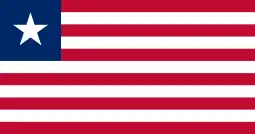 Liberia
Liberia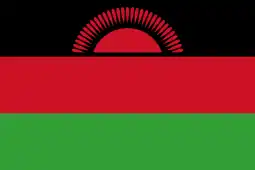 Malawi
Malawi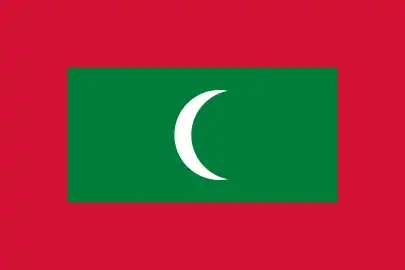 Maldives
Maldives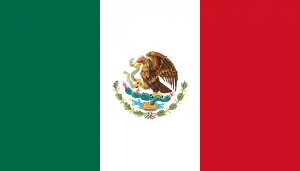 Mexico
Mexico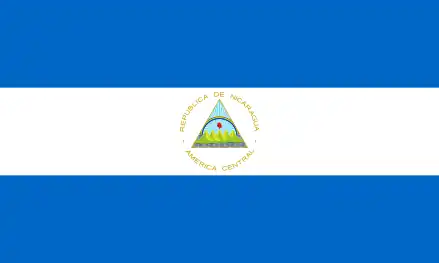 Nicaragua
Nicaragua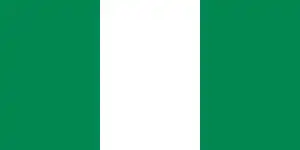 Nigeria
Nigeria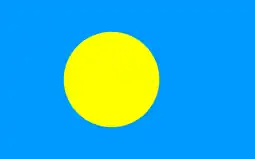 Palau
Palau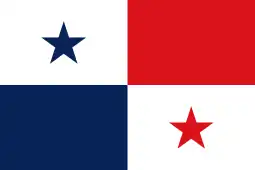 Panama
Panama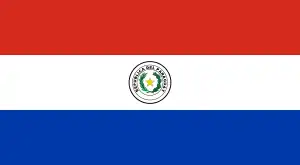 Paraguay
Paraguay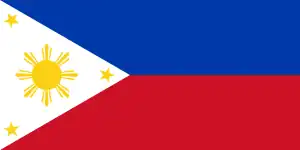 Philippines
Philippines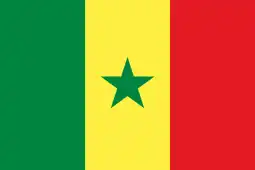 Senegal
Senegal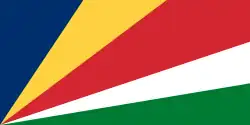 Seychelles
Seychelles Sierra Leone
Sierra Leone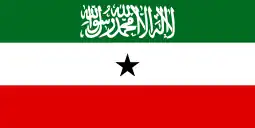 Somaliland
Somaliland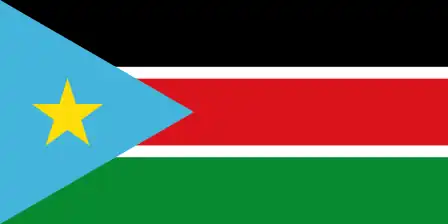 South Sudan
South Sudan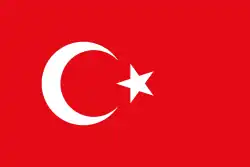 Turkey
Turkey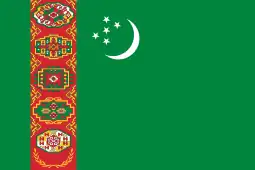 Turkmenistan
Turkmenistan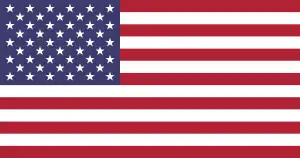 United States
United States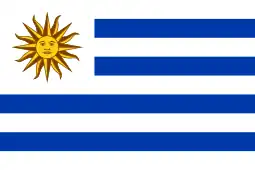 Uruguay
Uruguay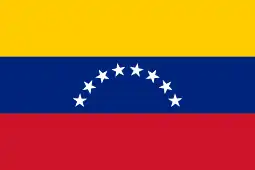 Venezuela
Venezuela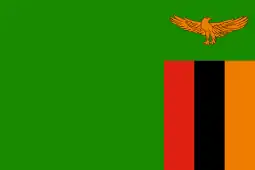 Zambia
Zambia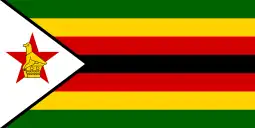 Zimbabwe
Zimbabwe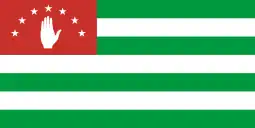 Abkhazia
Abkhazia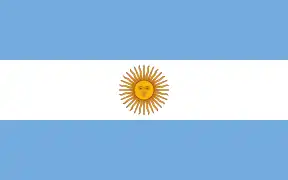 Argentina
Argentina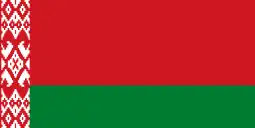 Belarus
Belarus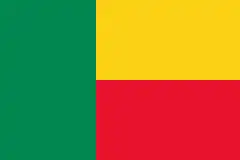 Benin
Benin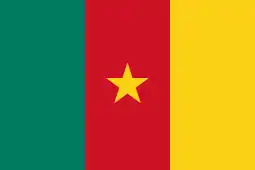 Cameroon
Cameroon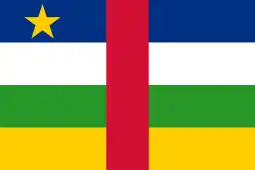 Central African Republic
Central African Republic Djibouti
Djibouti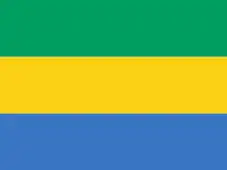 Gabon
Gabon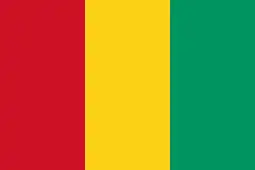 Guinea
Guinea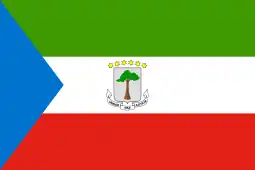 Equatorial Guinea
Equatorial Guinea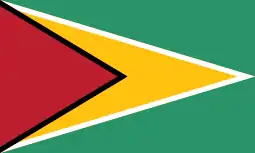 Guyana
Guyana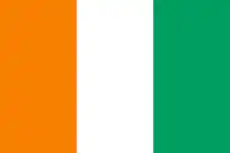 Ivory Coast
Ivory Coast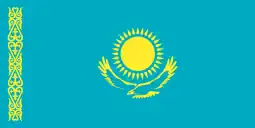 Kazakhstan[1]
Kazakhstan[1]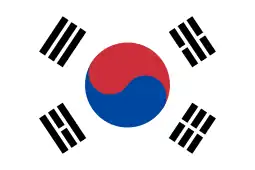 South Korea
South Korea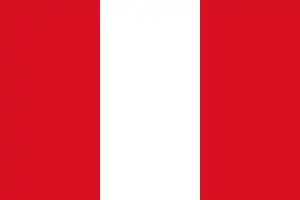 Peru
Peru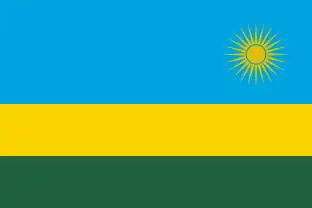 Rwanda
Rwanda Sudan
Sudan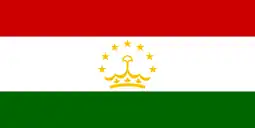 Tajikistan
Tajikistan Tanzania
Tanzania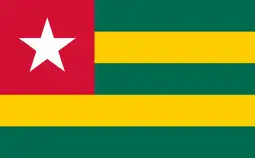 Togo
Togo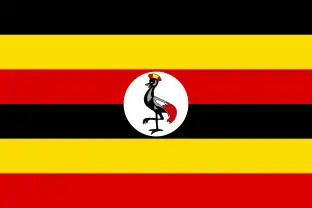 Uganda
Uganda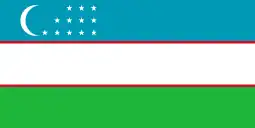 Uzbekistan
Uzbekistan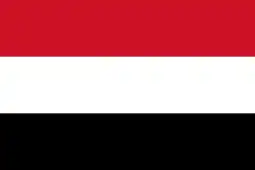 Yemen
Yemen
Semi-presidential systems
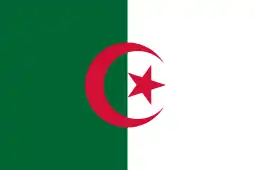 Algeria
Algeria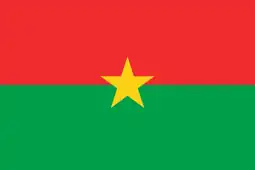 Burkina Faso
Burkina Faso Cape Verde
Cape Verde Congo, Democratic Republic of the
Congo, Democratic Republic of the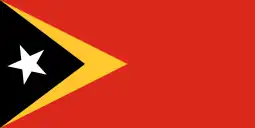 East Timor
East Timor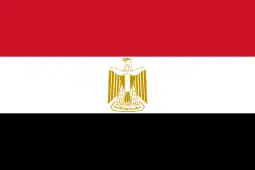 Egypt
Egypt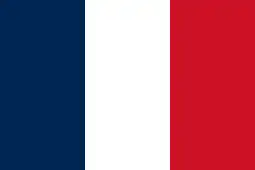 France[lower-alpha 1] *
France[lower-alpha 1] *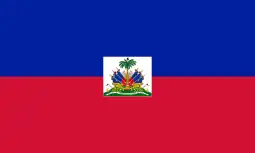 Haiti
Haiti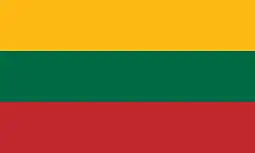 Lithuania
Lithuania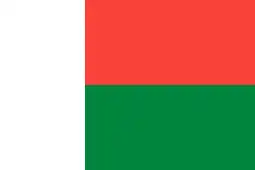 Madagascar
Madagascar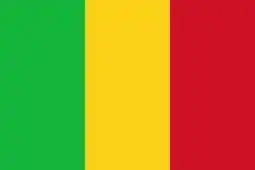 Mali
Mali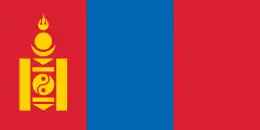 Mongolia
Mongolia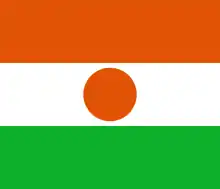 Niger
Niger Northern Cyprus
Northern Cyprus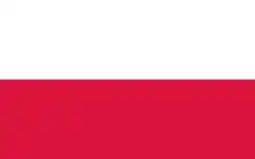 Poland
Poland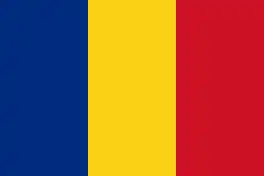 Romania
Romania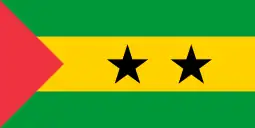 São Tomé and Príncipe
São Tomé and Príncipe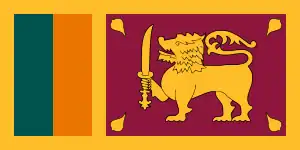 Sri Lanka[lower-alpha 2]
Sri Lanka[lower-alpha 2]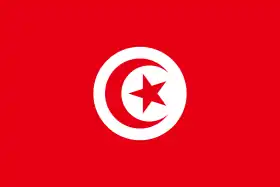 Tunisia
Tunisia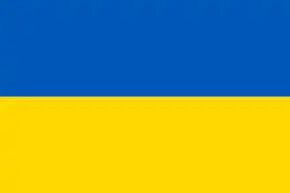 Ukraine[2]
Ukraine[2]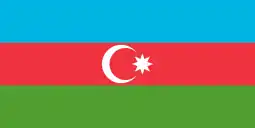 Azerbaijan
Azerbaijan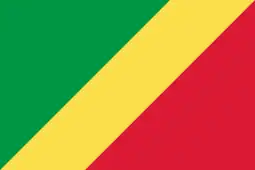 Congo, Republic of the
Congo, Republic of the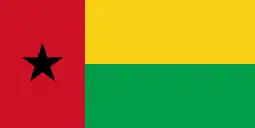 Guinea-Bissau
Guinea-Bissau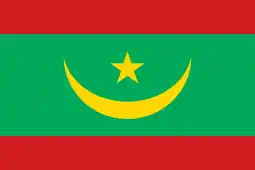 Mauritania
Mauritania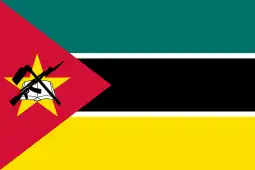 Mozambique
Mozambique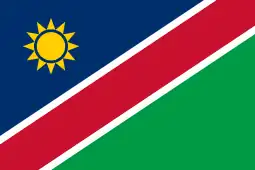 Namibia
Namibia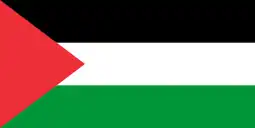 Palestine
Palestine Portugal
Portugal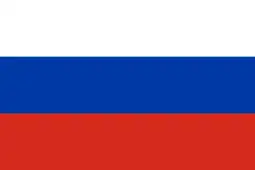 Russia
Russia Syria
Syria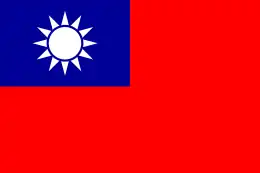 Taiwan
Taiwan.svg.png.webp) Transnistria
Transnistria.svg.png.webp) Weimar Republic†
Weimar Republic†
Parliamentary and related systems
Corporate example
In the corporate environment, the head of a company is the Chief Executive Officer (CEO), with the president being second in command. Leading the company's executive group rather than the overall company, the executive president in this instance is responsible for day-to-day operations. In small businesses, the CEO and executive president are the same, whereas in larger companies the roles are carried out by two separate people.
See also
Notes
- ↑ In France, the President chooses (if he hasn't a majority in the National Assembly, he has to choose the leader of the opposition) but can only dismiss the Prime Minister if he/she has a majority in the National Assembly. The National Assembly can remove the Prime Minister from office with a vote of no confidence. The president can also dissolve the National Assembly once a year.
- ↑ Following the 19th amendment, Sri Lankan president can only appoint the prime minister following vacating of the position due to loss of confidence of Parliament, death or resignation. And does not hold the power to dismiss the prime minister at will.
References
- ↑ "Nazarbaev Signs Kazakh Constitutional Amendments Into Law". Radio Free Europe/Radio Liberty. 10 March 2017. Retrieved 10 March 2017. For more information: please see Abdurasulov, Abdujalil (6 March 2017). "Kazakhstan constitution: Will changes bring democracy?". BBC News. Retrieved 7 March 2017.
- ↑ Kudelia, Serhiy (4 May 2018). "Presidential activism and government termination in dual-executive Ukraine". Post-Soviet Affairs. 34 (4): 246–261. doi:10.1080/1060586X.2018.1465251. S2CID 158492144.
- 1 2 3 4 Combines aspects of a presidential system with those of a parliamentary system. The president is elected by parliament and is dependent on the confidence of the parliament to remain in office, much like a prime minister.
- 1 2 Combines aspects of a presidential system with those of a parliamentary system. The president is elected by parliament but does not hold a parliamentary seat, and is immune from a vote of no confidence (as well is their cabinet), unlike a prime minister.
- ↑ Combines aspects of a presidential system with those of a parliamentary system. The president is elected by voters after the parliament nominates some of its members as candidates and the president is dependent on the confidence of the parliament to remain in office, much like a prime minister.